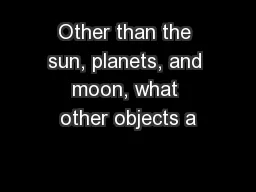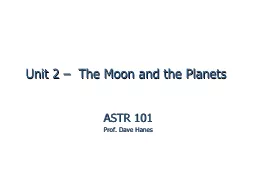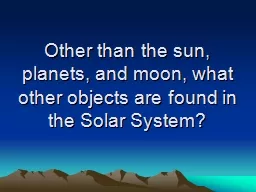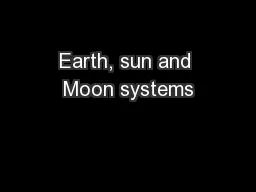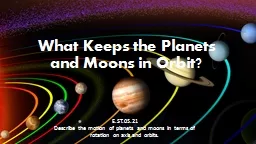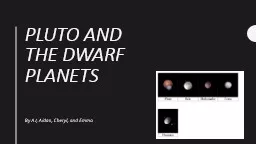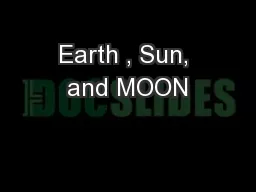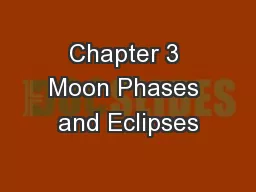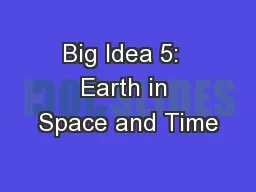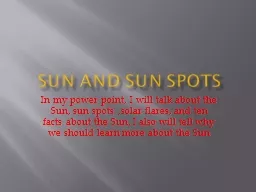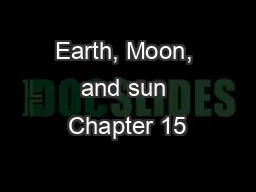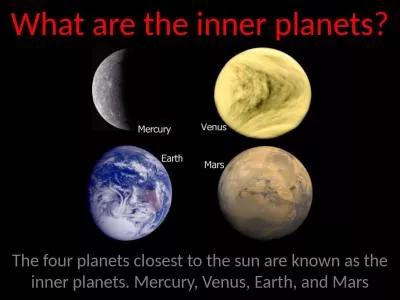PPT-Other than the sun, planets, and moon, what other objects a
Author : mitsue-stanley | Published Date : 2015-10-05
In this lesson we are going to be comparing comets meteors and asteroids which are found in the Solar System Essential Question What is the difference between
Presentation Embed Code
Download Presentation
Download Presentation The PPT/PDF document "Other than the sun, planets, and moon, w..." is the property of its rightful owner. Permission is granted to download and print the materials on this website for personal, non-commercial use only, and to display it on your personal computer provided you do not modify the materials and that you retain all copyright notices contained in the materials. By downloading content from our website, you accept the terms of this agreement.
Other than the sun, planets, and moon, what other objects a: Transcript
Download Rules Of Document
"Other than the sun, planets, and moon, what other objects a"The content belongs to its owner. You may download and print it for personal use, without modification, and keep all copyright notices. By downloading, you agree to these terms.
Related Documents

